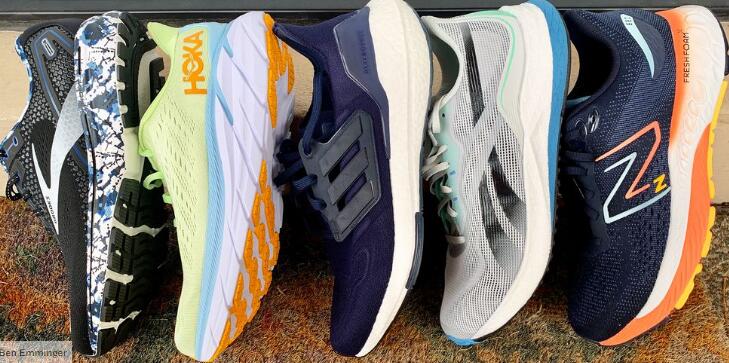
Balance Out Your Miles With the Best Neutral Running Shoes
Running is one of those activities that holds no judgement. Whether you just want to get out for an evening stroll or put down your fastest mile, there’s a lane for every athlete. And with the sheer number of runners on the planet, there are as many running shoes that cater to everyone’s unique step and stride.
One such category of running shoes that can benefit a certain type of runner is the neutral shoe lineup. Designed for a particular strike, these runners can help you maintain a proper pace without discomfort or a drop in performance. But what makes up a neutral running shoe? Which silhouette leads the pack? We’ve laced up a number of balanced profiles to determine the best neutral running shoes on the market today. Before jumping into our roundup, however, let’s look at how these kicks differ from other treads you’ll find on the road, track or trail.
What is Neutral Running?
Every footprint is unique, and how your feet make contact with the ground can impact your comfort level, especially when running. The main point of concern when deciding between a neutral running shoe or a silhouette offering more stability is your gait, which can be described as pronated, neutral or supinated.
Runners who pronate tend to have a stride that falls inward when stepping. While every athlete typically has some pronation in their normal step, excessive pronation can lead to less comfortable situations in the arch of your foot, as well as your heel, ankle, knee and more.
Supination, on the other hand, is the term used when runners experience an outward roll in their step. Excessive supination can lead to ankle issues if not corrected with a stability shoe or other treatment. Supination is sometimes referred to as underpronation, for added clarity.
Neutral runners exhibit a more natural stride that doesn’t excessively roll inward or outward. These runners can benefit from neutral running shoes, as there aren’t any added stabilizing features to correct missteps. The ride is well-cushioned in key areas to promote this natural gait.
How to Tell if You Need Neutral Running Shoes
Outside of having a professional gait analysis, one of the easiest ways to determine if neutral running shoes are right for you is by looking at the tread wear on your current kicks. If you see a lot of tread missing on the inside of your shoe, then that can be a good indicator that you’re overpronating. If your shoes are more worn on the outer edge, this indicates supination. Finally, a uniform wear across the sole means your stride is more neutral.
While neutral shoes aren’t the most ideal for those with pronation or supination issues, there are plenty of efficient, stylish stability runners out there that can cater to your specific step. Think of it less as missing out on neutral running shoes and more of having a personalized print for your performance.
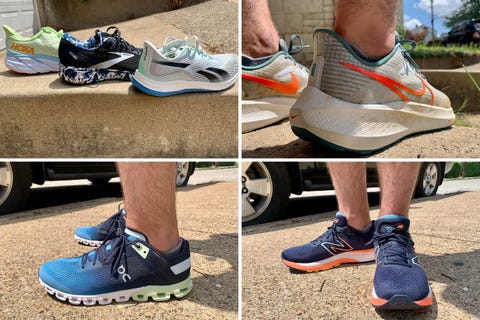
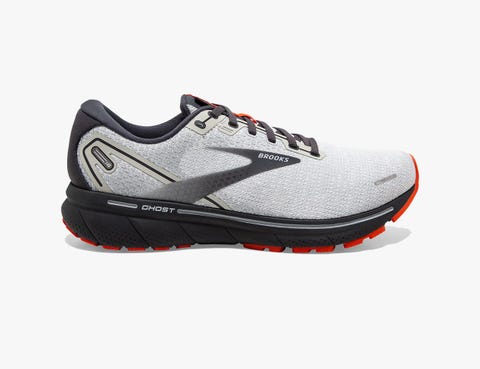
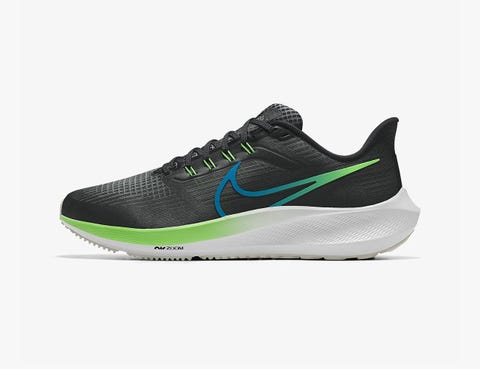
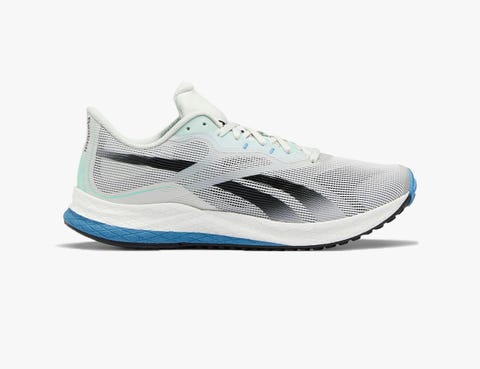

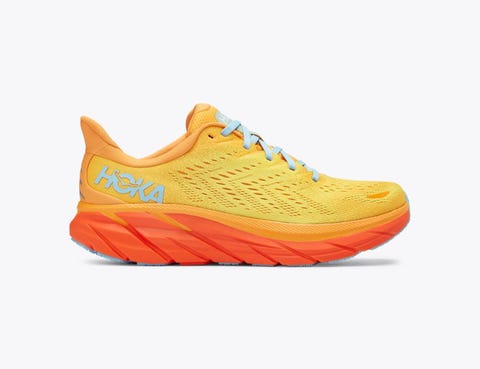
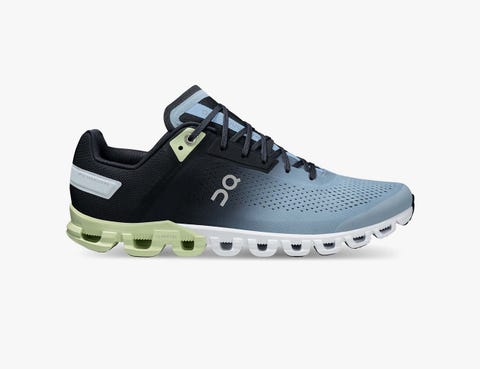

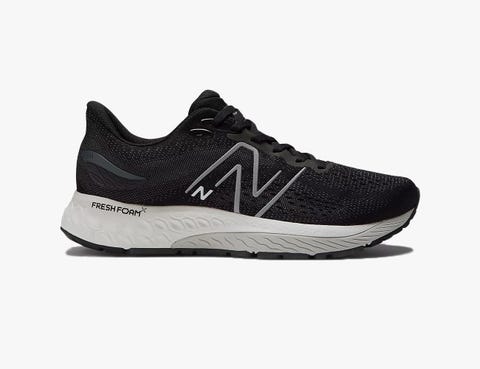
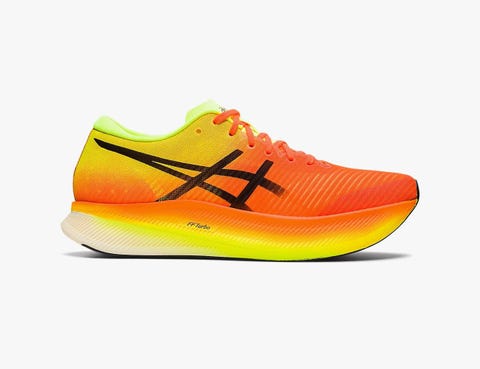
Comments (0)